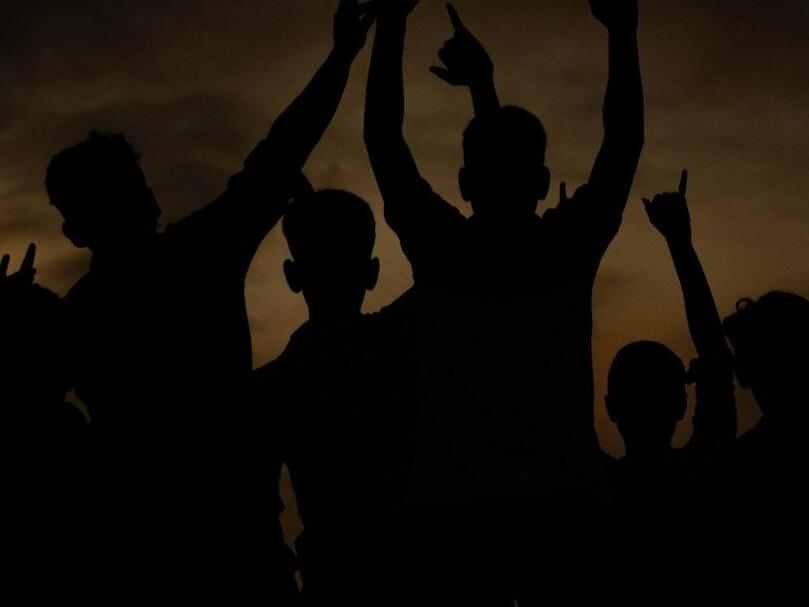Gang culture has profoundly impacted California’s music and entertainment industry, notably shaping the development of genres such as gangsta rap and influencing Hollywood’s portrayal of gang life. This article explores the intertwining relationship between gang culture and California’s entertainment industry, emphasizing gangsta rap’s rise and its broader cultural implications.
Gangsta Rap and Its Pioneers:
Gangsta rap, a subgenre of hip-hop music, emerged in the 1980s as a vivid reflection of the violent lifestyle and hardships faced by those in America’s inner cities. This genre, characterized by its explicit lyrics and portrayal of gang life, poverty, and resistance against authority, became the voice of a marginalized section of society. Pioneers like Schoolly D and groups such as N.W.A (Niggaz Wit Attitudes) from Compton, California, played pivotal roles in popularizing gangsta rap, using their music to narrate the struggles and injustices faced by African American communities in urban areas.
N.W.A, in particular, leveraged their firsthand experiences with gang violence and police brutality to produce groundbreaking tracks that spoke to both those who lived similar realities and a wider audience drawn to the raw and rebellious spirit of their music. Their explicit content and portrayal of gang culture not only marked a significant shift in hip-hop’s direction but also ignited controversy and debate about the social responsibilities of artists and the impact of their work on society.
Hollywood and Gang Culture:
The influence of gang culture extends beyond music into Hollywood, where movies have both reflected and glamorized aspects of gang life. Films from the late 20th century such as “Colors,” “Boyz n the Hood,” and “Menace II Society” brought gang culture to the forefront of American cinema, offering narratives that ranged from critical examinations of the socio-economic conditions fostering gang membership to more sensationalized depictions of violence and loyalty among gang members. This cinematic fascination with gang culture not only influenced public perceptions but also contributed to a complex dialogue surrounding the realities of gang life, violence, and the socio-economic factors driving individuals towards gang affiliation.
Cultural Impact and Controversies:
The portrayal of gang culture in music and film has sparked significant debate regarding its impact on society. Critics argue that glamorizing gang life can influence impressionable youths, promoting a cycle of violence and criminal behavior. Conversely, supporters contend that these artistic expressions provide a crucial outlet for marginalized voices, offering insights into the systemic issues plaguing certain communities.
Moreover, the commercial success of gangsta rap and gang-themed movies highlights a broader cultural fascination with the outlaw figure, a theme that resonates deeply within American culture. However, this fascination also raises questions about the consumption of such media by audiences far removed from the realities depicted, often leading to misconceptions and stereotypes about gang life and those living in impoverished urban areas.
Conclusion:
The impact of gang culture on California’s music and entertainment industry is multifaceted, reflecting the state’s complex social and cultural dynamics. While gangsta rap and Hollywood movies have brought significant attention to the realities of gang life, they have also sparked debates about the ethical implications of portraying such lifestyles in media. As California continues to be a leading hub for music and film, the influence of gang culture remains a critical point of discussion, challenging artists, industry leaders, and audiences to consider the power of entertainment as a tool for social commentary and change.
Sources:
